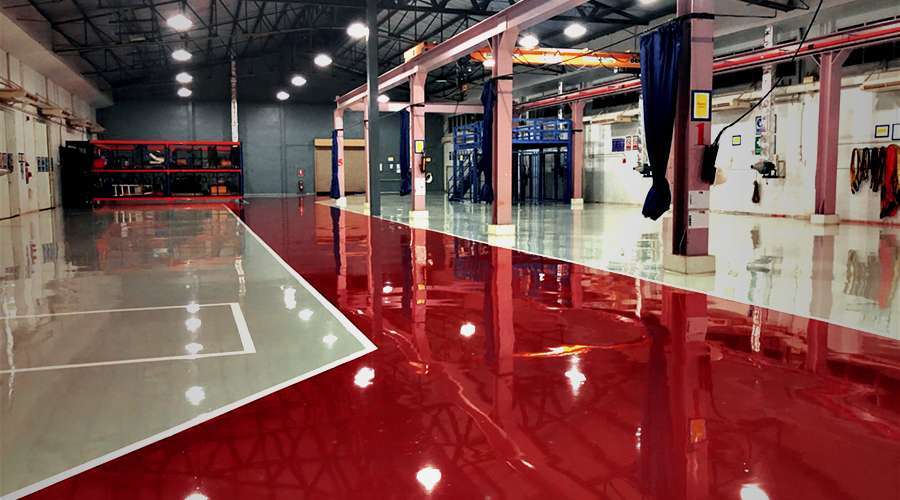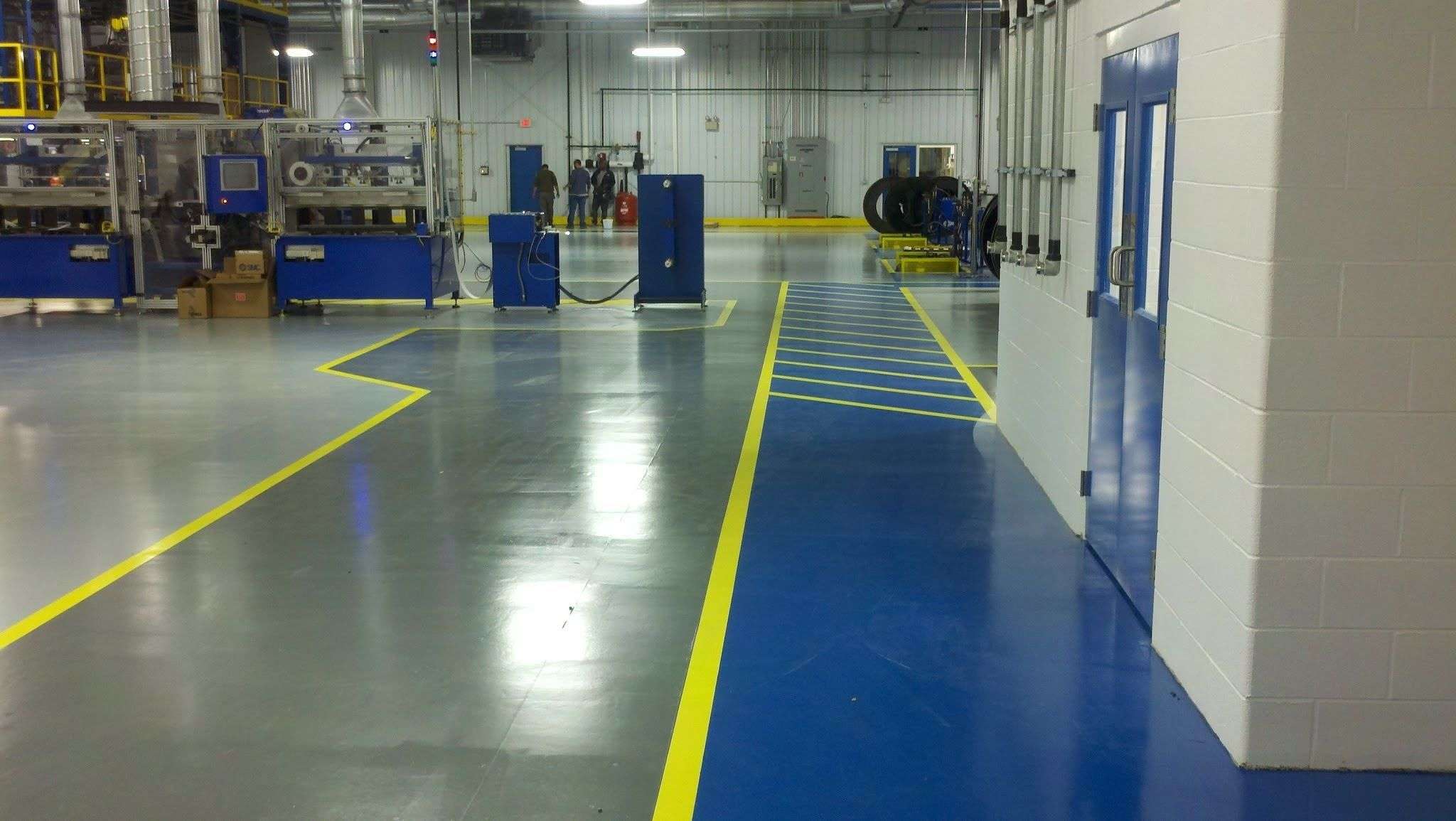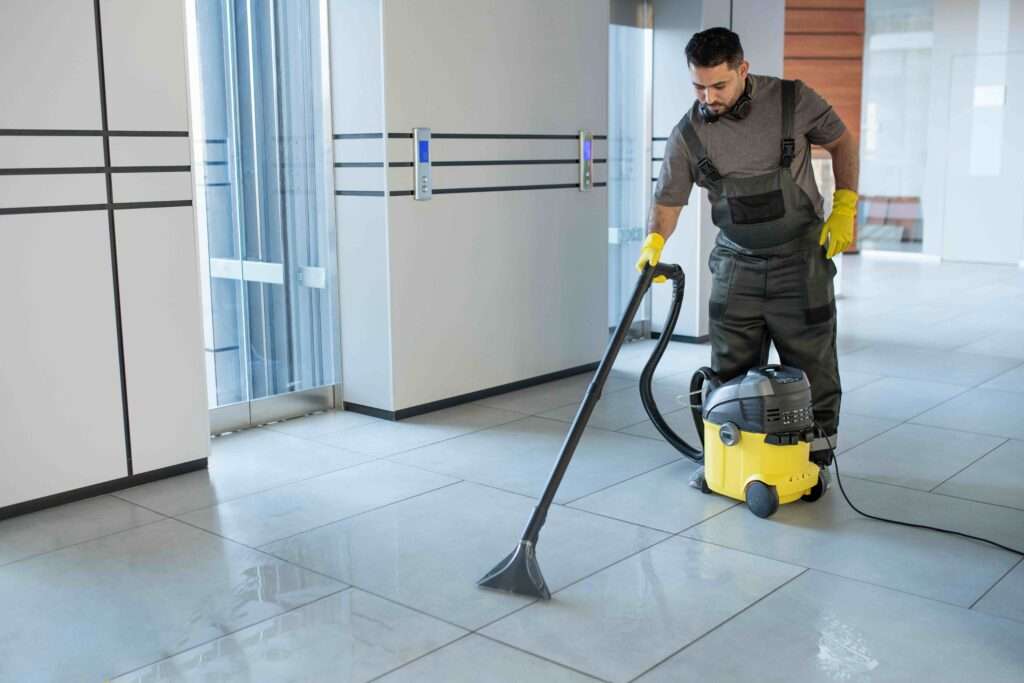
Contact us at the Consulting WP office nearest to you or submit a business inquiry online.
Waterproofing and epoxy work
Waterproofing and epoxy work are essential techniques in construction and maintenance, offering protection and durability to structures. Let’s explore each in detail:
Waterproofing
1. What is Waterproofing?
Waterproofing is the process of making a structure water-resistant or impervious to the infiltration of water. It is crucial for protecting buildings, particularly in areas prone to heavy rainfall or high humidity, as water can cause damage to the structural integrity and aesthetics.
2. Types of Waterproofing
There are various methods of waterproofing, including:
Cementitious Waterproofing: This is the most common method used in construction. It involves using cement-based products to create a waterproof layer. It’s typically used in internal wet areas like bathrooms and kitchens.
Liquid Waterproofing Membrane: This method uses a liquid applied to surfaces that, when dry, forms a seamless waterproof membrane. It can be water-based or solvent-based, and is flexible, making it suitable for roofs, balconies, and terraces.
Bituminous Membrane Waterproofing: Often used in low-slope roofs, this involves applying bitumen-based materials. It can be either self-adhesive or torch-applied.
Polyurethane Liquid Membrane: This is a versatile and durable solution that can be used for exposed surfaces like flat roofs. It provides excellent resistance to weathering.
EPDM Rubber: A synthetic rubber used for roofing, it is highly durable and can withstand extreme weather conditions.
3. Applications of Waterproofing
Waterproofing is applied in various areas, including:
Basements: To prevent water seepage from the ground.
Bathrooms and Kitchens: To prevent water damage from plumbing leaks or spills.
Roofs and Terraces: To protect from rain and snow.
Balconies: To prevent water infiltration.
Water Tanks and Pools: To ensure the containment of water without leakage
4. Benefits of Waterproofing
Protection of structural integrity by preventing water damage.
Prevention of mold and mildew growth, which can be harmful to health.
Energy efficiency, as waterproofing can help maintain temperature.
Increased property value due to enhanced durability.
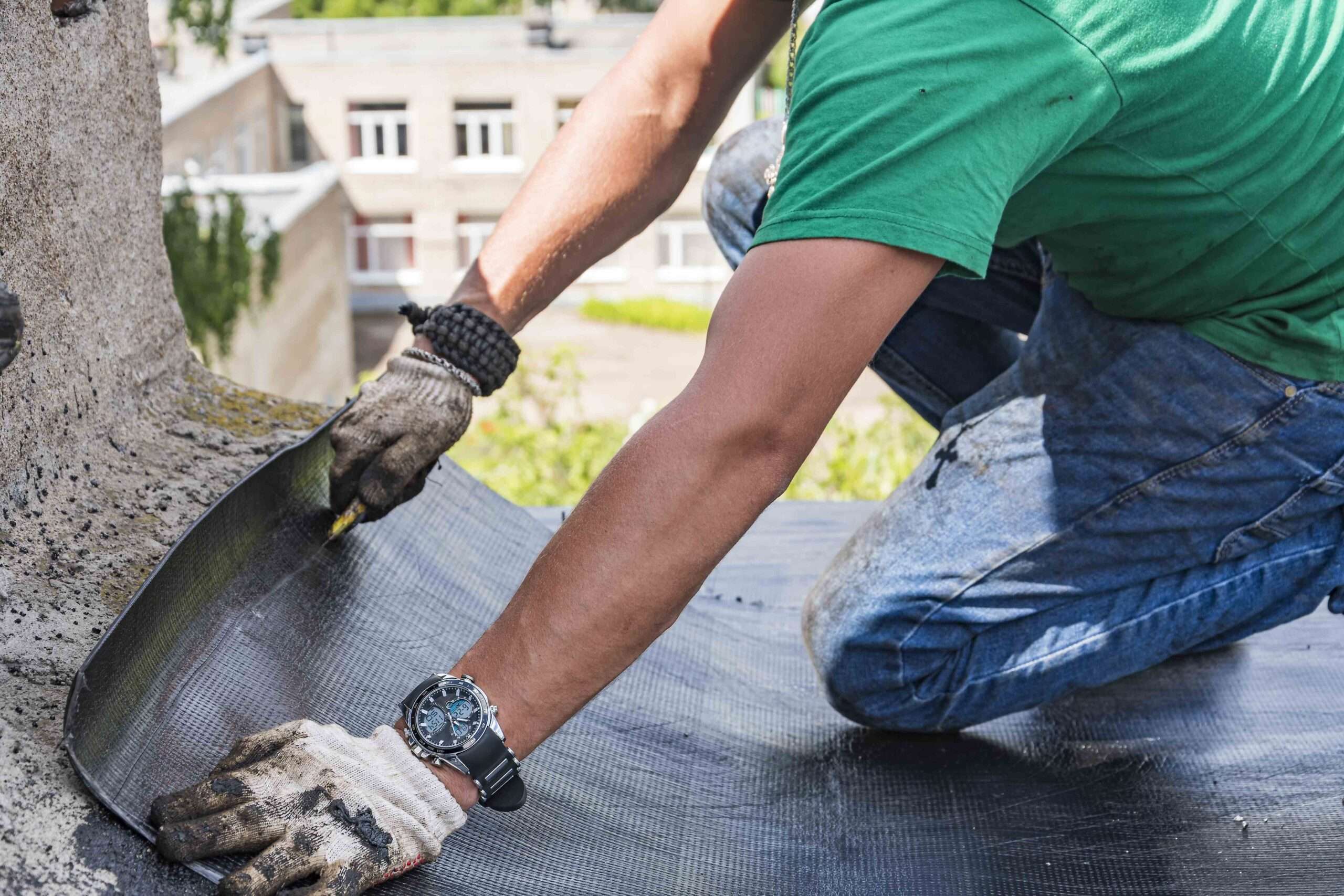
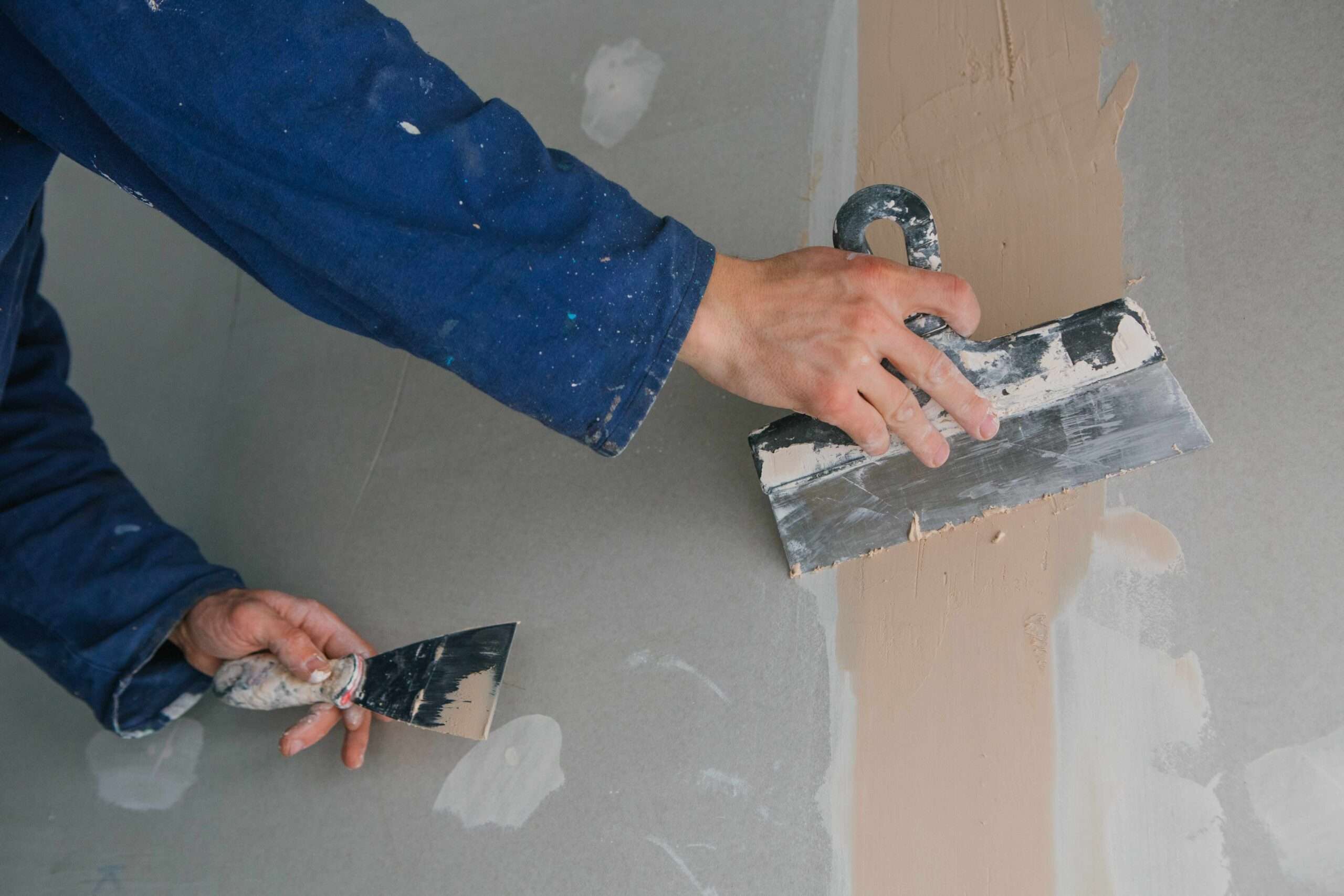
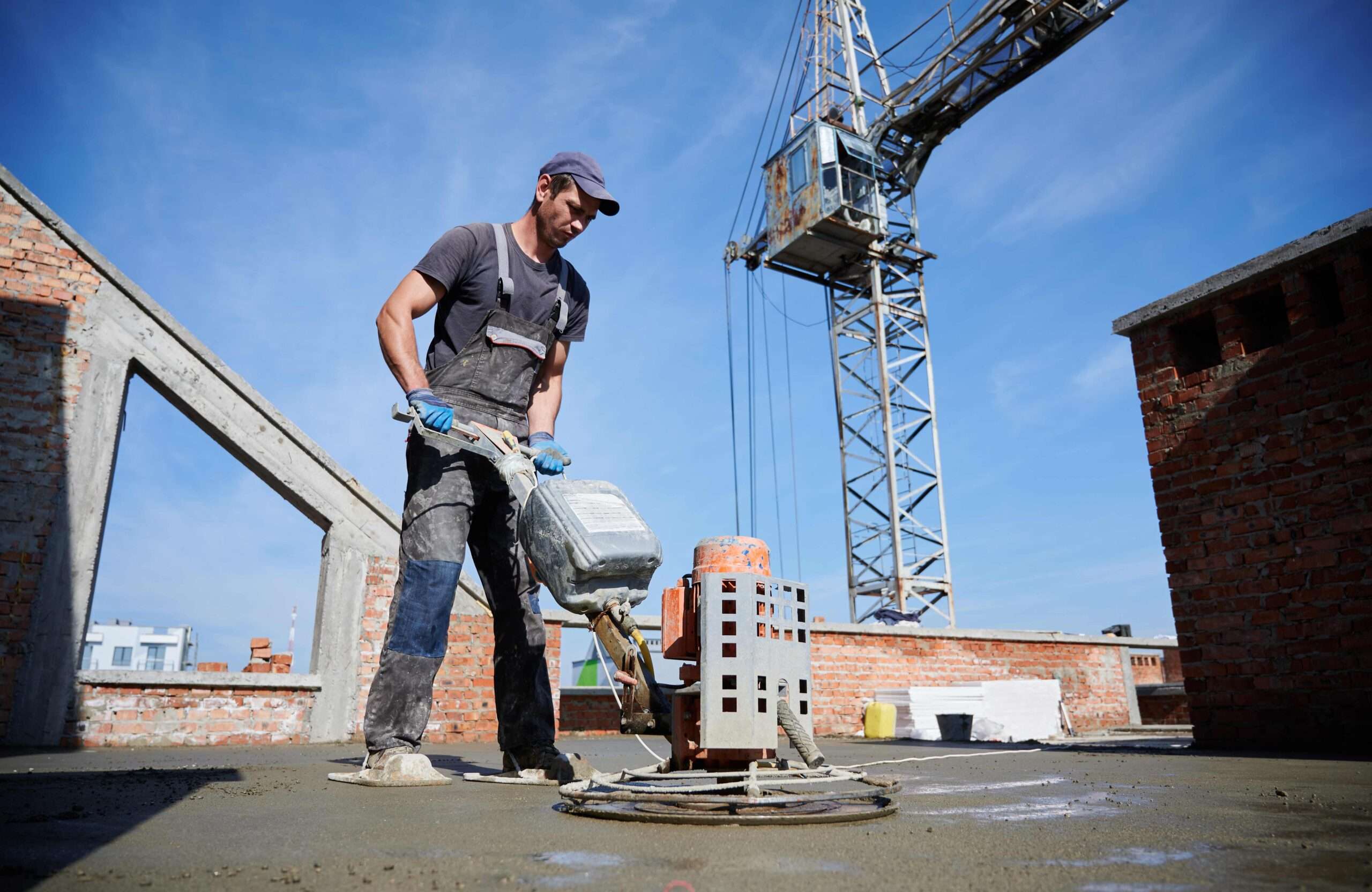
Epoxy Work
1. What is Epoxy?
Epoxy is a type of polymer material that, when mixed with a hardener, undergoes a chemical reaction to form a rigid, durable, and strong plastic material. It’s widely used in construction, industrial, and artistic applications.
2. Types of Epoxy Applications
Epoxy Flooring: Common in commercial and industrial settings, epoxy flooring provides a durable, easy-to-clean, and aesthetically pleasing surface. It’s resistant to chemicals, spills, and heavy foot traffic.
Epoxy Coatings: Used on surfaces like metal, concrete, and wood, epoxy coatings protect against corrosion, wear, and environmental factors.
Epoxy Adhesives: Known for their strong bonding properties, epoxy adhesives are used to bond materials like metal, glass, and ceramics.
Epoxy Grouting: In construction, epoxy grouts are used for filling joints, providing excellent chemical resistance and durability.
3. Benefits of Epoxy Work
Durability and strength, making it ideal for high-traffic and industrial areas.
Chemical resistance, protecting surfaces from spills and corrosion.
Aesthetic versatility, available in various colors and finishes.
Ease of maintenance, with smooth surfaces that are easy to clean.
Quick curing time, allowing for faster project completion.
4. Considerations and Precautions
Surface Preparation: Proper cleaning and preparation of the surface are crucial for the adhesion and longevity of epoxy.
Application Conditions: Temperature and humidity can affect the curing process of epoxy, so it’s important to follow manufacturer guidelines.
Safety: Protective gear should be worn during the application to avoid skin contact and inhalation of fumes.
Conclusion
Both waterproofing and epoxy work are critical in enhancing the durability and functionality of structures. Choosing the right materials and methods depends on the specific requirements of the project, including environmental conditions and the intended use of the space.
